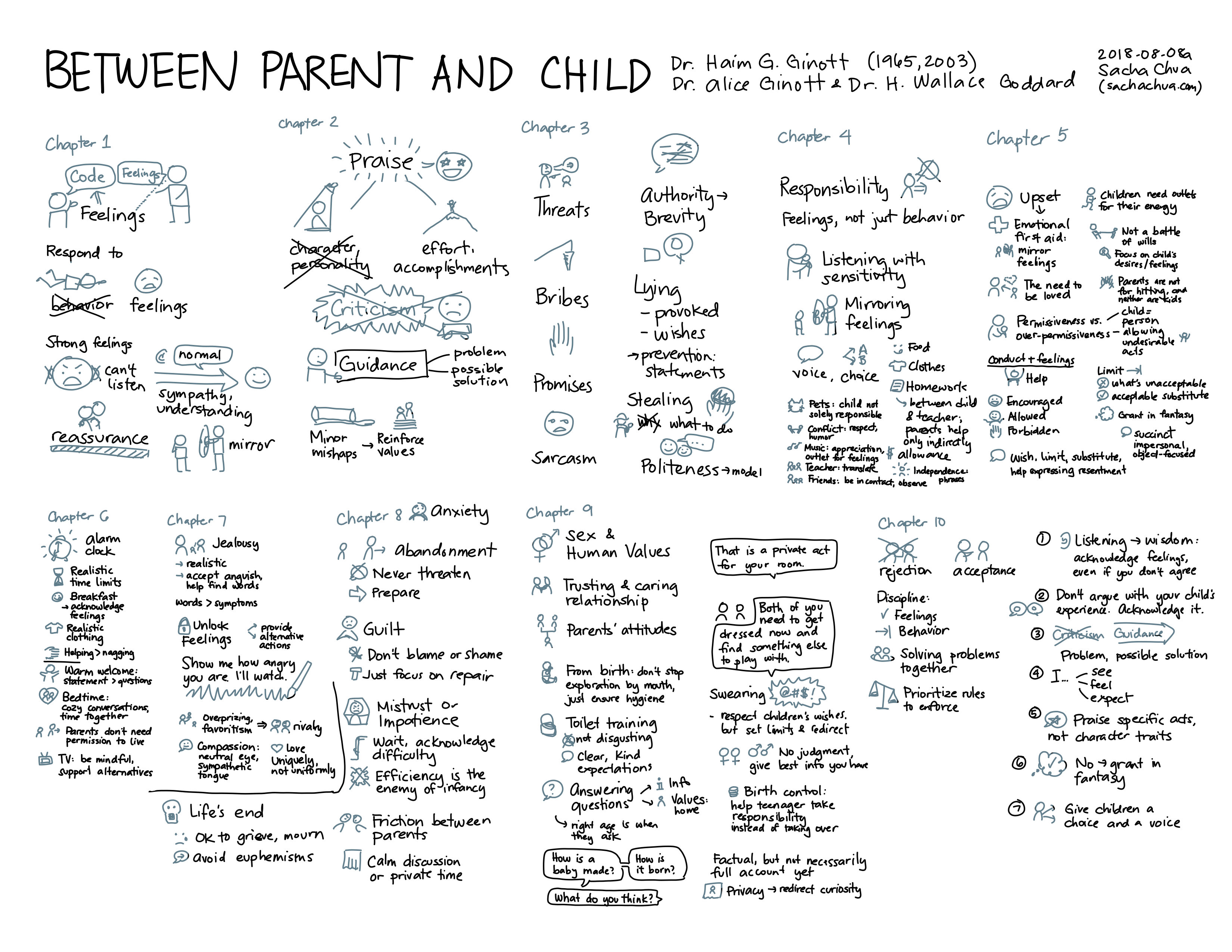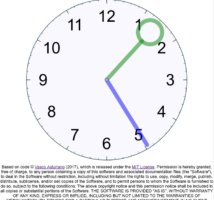Resuming our babysitter experiment
| parentingWe experimented with babysitting last year. A- generally got along well with babysitters from the agency, although she eventually told me, “Stop babysitting experiment. Mama play with A-.” So we stopped. I relegated my consulting to the occasional late night, and sometimes went a month or two without logging in.
Once in a while, A- liked to pretend that I was a babysitter ringing the doorbell and coming to play with her. She also asked me to read books about babysitting, including the one I made for her.
A- started asking me to get a babysitter recently. I figured we could give it a try again. She immediately got along with the sitter from the agency, and didn’t look for me at all. From my hideout in the basement, I could hear peals of laughter, loud conversation, and even the occasional made-up song.
I spent most of the session writing documentation and updating reports. Focused time! Awake focused time! It was nice to make real progress.
I asked A- if she wanted to have the same sitter the following week, and she did. She even picked having a sitter over going to “school” or playing with me. The second time the babysitter came, she had just as much fun playing with her, and I had just as much fun coding and listening. I asked A- again if she wanted to have the same sitter the following week, and she said yes. After the sitter left, I asked her if she thought her playtime with the sitter was too short, too long, or just right. “Too short,” she said, so we’ll book the next one for five hours.
A- was extra clingy after the first session, but a bit more relaxed after the second one. She fell asleep on the walk to the library, which gave me a little time to write.
My goals for babysitting are:
- Support A- as she practises independence: It’s good for her to practise asking other people for help, figuring out fun games together, and learning from other people’s styles. It also helps her learn she can do lots of things without me and be away from me for longer periods of time. I might even be pleasantly surprised by what she can do based on other people’s expectations.
- Be inspired by other people’s interactions with A-: the kind of energy they bring to childcare, the interesting things they share or bring out in her, the games they come up with…
- Create space for making things better or capturing and organizing my notes. Consulting increases my budget for experiments and resources. Reflection helps me remember things I’ve learned and decide what to do next.
So now that babysitting is back on the table, what does that change? How can I build on this?
- I can schedule babysitting sessions once a week for as long as A- is up to it. I can fill that time with consulting or other tasks, so it’s worth it on my end. Although consulting is fun and easy to justify, I could also dedicate some time to continuous improvement, writing, drawing, organization, and personal projects.
- Knowing that I’ll have some scheduled focused time should make it easier to get proper sleep at night, which should make it easier to focus on her during the day. Also, it’s really nice to just be able to sleep when we’re sleepy, instead of trying to stay awake while she’s falling asleep.
- It would be good to gradually stretch it to six hours, to prepare her for being away from us for that long when she’s at kindergarten. It’s still good for her to have an afternoon nap, so we’ll probably move the starting time earlier.
- The weather is warming up, so it might be good to figure out the logistics of going to other places like the playground or the drop-in centre.
- In summer, the pool of available babysitters expands quite a bit. It might be interesting to experiment with independent sitters, especially ones with teaching experience. On the other hand, the agency is pretty convenient too.
- A- hasn’t yet had a big meltdown that required comfort from a babysitter, so I’m not sure if she’s ready for that yet. We can work on emotional regulation when we’re together, since she’s not quite ready to do that on her own or with strangers yet.
- Eventually, I can check how she does in a group situation. Parenting workshops with childminding and drop-in centres with parent relief programs might be good ways to test it out, or I can explore coworking spaces with childcare. The city also runs a few recreation programs for her age range, although most of those are too early in the morning for her current sleep rhythms. Kindergarten readiness programs can also help her get used to school routines and group interaction.
With that in mind, next week, I plan to:
- Line up non-consulting tasks so that I can use my time well once I’m done with the SQL debugging I’ve scheduled,
- Pay closer attention to the differences in the way we interact, and see what I can learn,
- Experiment with 5 hours, with the option to cut it shorter if she’s tired or cranky, and
- Ask the babysitter what she would need to be comfortable taking A- out to the backyard or to “school,” and offer it to A- as an option.
I’m glad A-‘s curious about this again!



